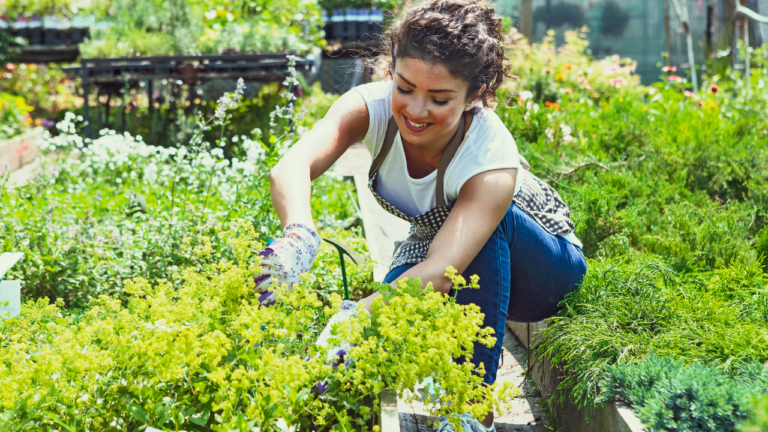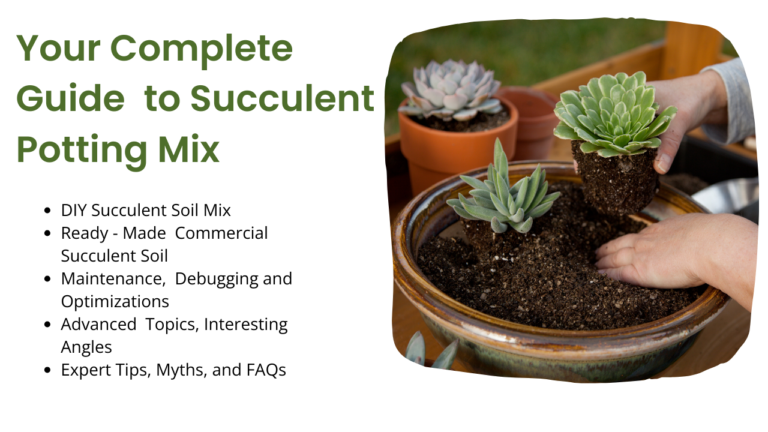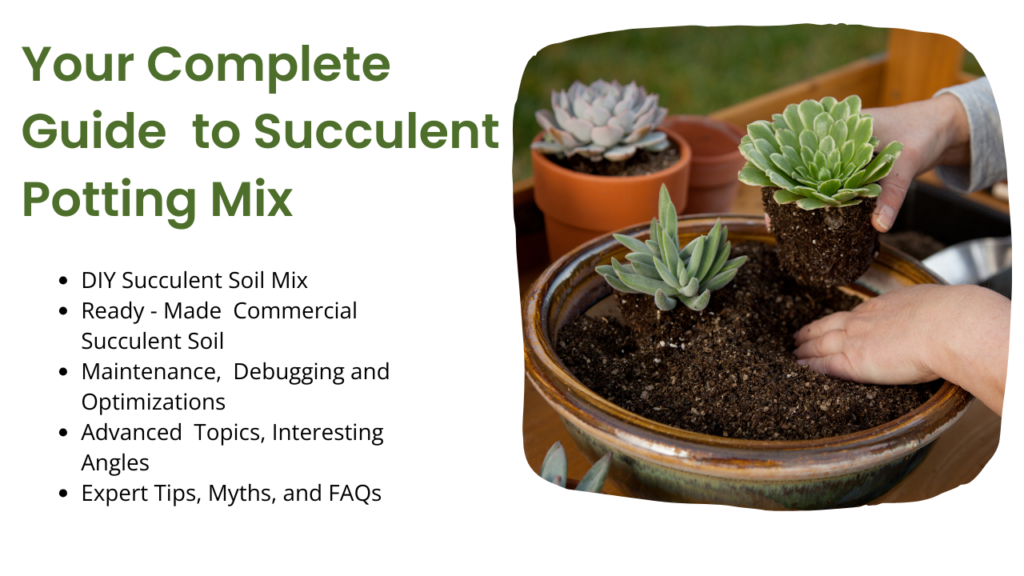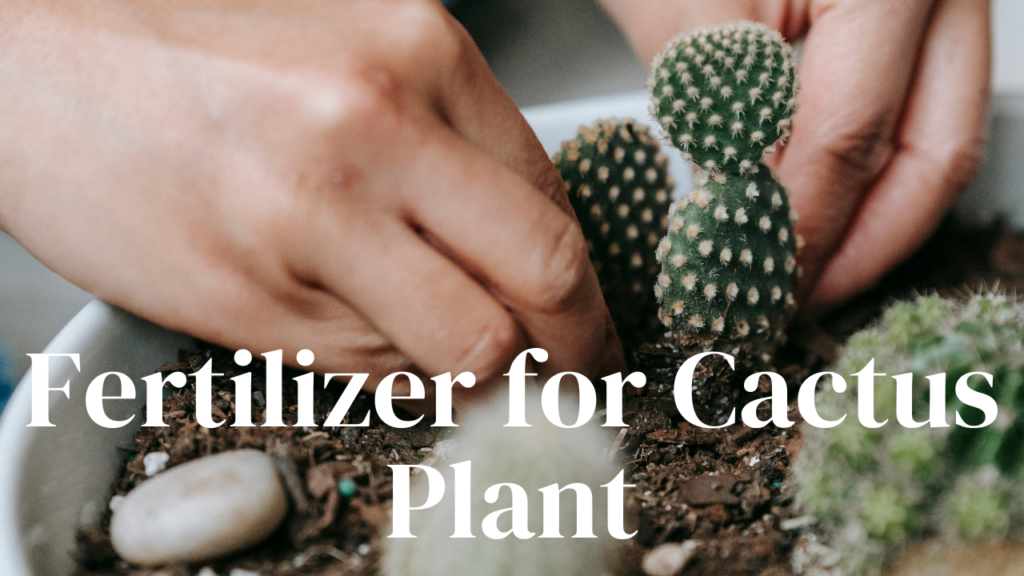In this article, we are going to discuss orchid plant care. We need extra care to keep the orchid plant beautiful and healthy. Whether you’re focusing on orchids’ indoor care or orchids outdoor care, understanding the specific needs of your orchids will help them flourish. We also pick the best orchid plant pots for you. So, read all the guides below for your orchid.
Read Also: 10 Essential Winter Plants Care Tips
What are the common tips about orchid plant care?
8 tips for orchid plant care:
Light: Orchid plants always need bright, smooth, and indirect light. Keep your orchid out of direct sunlight, preferably a window that reflects light. Direct sunlight also burns the orchid’s leaves.
Watering: Never overwater the orchid; water only when the soil of the orchid is completely dry. Always give it to ground groundwater; keep water from standing in this pot.
Humidity: Orchids thrive in humid environments. You can increase humidity by placing a water tray near the plants or using a humidifier.
Temperature: Most orchids prefer daytime temperatures between 65-75°F (18-24°C) and nighttime temperatures 5-10°F (3-6°C) lower.
Fertilizer: During the growing season, apply a balanced orchid fertilizer (20-20-20) diluted to quarter strength once a week. Cut back on fertilization during the winter months when plants are dormant.
Potting Medium: Use a well-draining potting mix made specifically for orchids, including moss—or bark-based medium.
Repotting: Orchids should be repotted every one to two years or when the potting medium decomposes. Select a pot that is just marginally bigger than the original.
Pest Control: Check your orchids frequently for pests such as mealybugs, spider mites, and scale insects. Infestations should be treated right away to avoid damage.
Orchid Indoor Care for blooming
At Orchid Plant Care Indoor we try some different steps that you can use to enhance the beauty of your home.
- Select a south or east window in your home that receives indirect sunlight, never place the orchid plant in direct sunlight.
- The humidity level must be 50-70% around your orchid plant.
- The daytime temperature must be 65-75, and the nighttime temperature must be 55-65, which is best for your orchid plant.
- Use Seaweed/kelp fertilizer for orchid health. Do not use this fertilizer daily. Track orchids’ growth and use it once a week.
- Use a well-draining potting mix, such as bark or sphagnum moss.
- Repot orchids every 1-2 years or when the potting medium starts breaking down. Choose a slightly larger pot each time.
Orchid Plant Care – Daily Orchid Maintenance Tips
Daily orchid maintenance is important to ensure your plants stay healthy and vibrant.
- Make sure the proper quantity of light is reaching your orchid plants. If necessary, reposition them so they are exposed to bright, indirect light.
- Do not put water in the orchid’s pot daily. Water only when the soil is completely dry.
- Regularly check your orchids for any signs of pests like spider mites, mealybugs, or scale. Early detection helps prevent infestations.
- Gently wipe the leaves with a damp cloth to remove dust and keep the plant healthy.
Read also: Best Light for Indoor Plants
Best Fertilizer for Orchid Plant Care – Indoor Orchids & Outdoor Orchids
We pick the best and best quality fertilizer for your orchid plants. Click on the below image for purchase.

Best Orchid Pots – Indoor Orchids & Outdoor Orchids
Please click on the image to buy.



How do you care for an indoor orchid plant?
Providing intense, indirect light, watering when the potting medium is almost dry, and keeping humidity levels high are all essential aspects of caring for an orchid plant inside. During the day, keep the temperature between 65 and 75°F (18 and 24°C), and keep it a little lower at night. Throughout the growing season, ensure adequate air circulation and provide a balanced orchid fertilizer once a week. Orchids should be repotted every one to two years using a potting mix that drains well. Your orchid will flourish and blossom exquisitely if you follow these procedures.
How to make orchids bloom?
To promote orchid blooms, provide bright, indirect light, keep humidity high, and ensure the temperature drops at night. Use a balanced fertilizer during growth and water when almost dry. If you follow these guidelines, your orchids will blossom more attractively.
How to repot an orchid?
Gently remove it from its current pot, trim any dead roots, and place it in a new pot with fresh, well-draining orchid potting mix. Ensure the roots are comfortably placed, and water lightly after repotting.















